
QBRK has been posting some remarkably well integrated mural works on his photostream that are well worth checking out. You can see more here
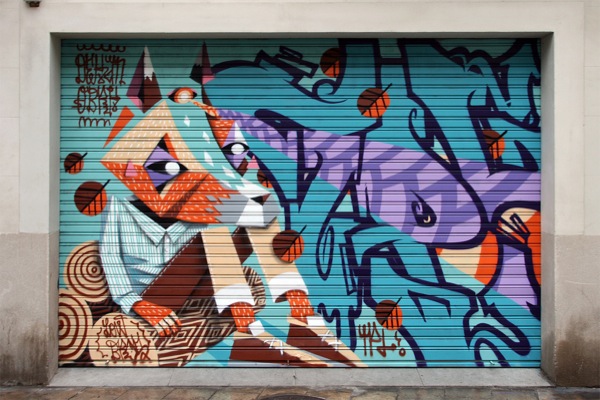

Phots by QBRK

QBRK has been posting some remarkably well integrated mural works on his photostream that are well worth checking out. You can see more here


Phots by QBRK
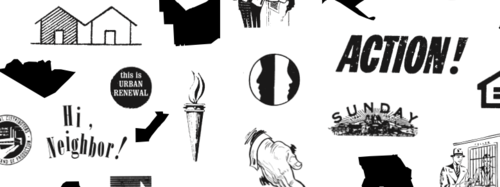
Baltimore Open City
An open city is a place where everyone feels welcome, regardless of such things as wealth, race or religion. In every neighborhood of an open city, one feels like he or she belongs. Does Baltimore feel open or does housing discrimination, bad public transportation, and the privatization of public space separate people and create an uneven distribution of opportunity? For the exhibition Baltimore Open City, students of Maryland Institute College of Art’s Exhibition Development Seminar invited scholars, activists, community- based organizations, local artists and visiting artist Damon Rich to create a series of installations, workshops and other public programs that investigate the ways in which Baltimore is and is not an open city. We welcome our neighbors to join us in exploring what an open city might look and feel like.
Call for Entries
At this time, Baltimore Open City would like to invite artists, designers, architects, educators, community groups and all other interested parties to participate in our exhibition. We are looking for people to contribute original and informative works of two- and three- dimensional art and design. The work submitted should be relevant to the idea of the “open” city in general and/or Baltimore specifically. Only finished work will be considered for acceptance.
Continue reading “Baltimore Open City: Open Call”
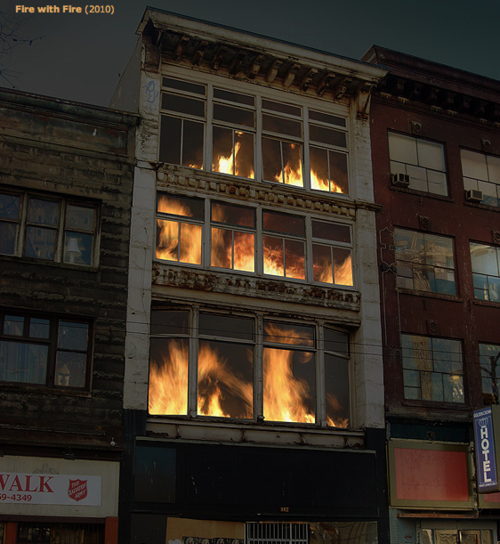
From the artist’s website: The Downtown Eastside is the oldest neighbourhood in Vancouver; it is also the most run-down. This historic area is infamous for being plagued by social problems due to poverty. Before falling prey to serious urban decay, it has known brighter days, and was even the city’s business hub until the 1980s. Derelict for over twenty years, in more recent ones, it has started to be sought after again. The Downtown Eastside is undergoing a major mutation —witness the newly renovated buildings and the constructions sites that now dot the area.
The coming of the 2010 Winter Olympic Games is accelerating the Downtown Eastside’s transformation by heightening real estate speculation and gentrification; new condo towers and big box stores are appearing. The revamping of the neighbourhood seems more responsive to the expectations of people who are better-off. Tensions between real estate developers and members of the community are palpable, with fears of a form of implicit “social cleansing”.
It is striking that the history of the Downtown Eastside began in destruction and disappearance. In 1886, soon after the city was incorporated, the Great Vancouver Fire swept down on the neighbourhood and razed almost all of it to the ground. The video installation Fire with Fire recalls this troubled period of Vancouver’s history. It also alludes to the neighbourhood’s present conditions by reminding us that many lives have been consumed there, worn down by years of homelessness, drug use, street prostitution, and violence.
The video can be watched here on Youtube. Thanks Elle on the tip
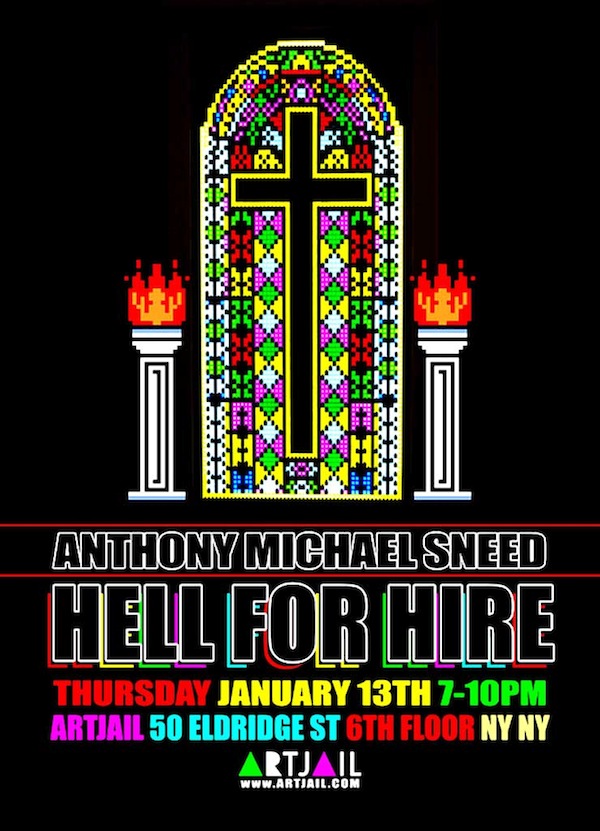
The press release:
Anthony Michael Sneed is an emerging artist who will be having a pop-up show at ARTJAIL in NY this Thursday January 13th from 7-10. his exhibition entitled “Hell for Hire” is the culmination of work that has spanned over two years time. Embodying numerous mediums from canvas to Legos, and varying themes from JFK to the KKK, Sneed has amassed an impressive collection of work not only in scale but in content.
About the artist:
Anthony Michael Sneed is a multi-platform visual artist who lives and works in Brooklyn. As a small child, Sneed suffered an accident that crushed his right hand, temporarily disabling its use and thereby forcing him to become ambidextrous. The implications of being right handed and switching to left as a result of this trauma and the plausible impact it has on his right versus left brain functions fascinates Sneed and inspires inquiry into how that has translated in his work.
Legos, video games, and even the arts and craft association of the artist’s process are derivative of Sneed’s childhood memories. These tools and their application to the large-scale canvas comprise an ultimately self-referential language dominated by the basic geometric nature of the pixel. Angular shapes and rational lines constitute the visual framework across all the mediums in which he works and gives form to ideas, both abstract and conceptual. Rigid angles sharply contrast with the playful, tongue in cheek nature of his social commentary. Often incorporating early 80s 8-bit video game aesthetics, the resulting imagery can seem anachronistic or frozen in a particular time, juxtaposing the contemporary topical content with a conscious approach.
Anthony Michael Sneed has been selected by Shepard Fairey for an upcoming show at Subliminal Projects in LA and has shown with Leo Kesting in New York.
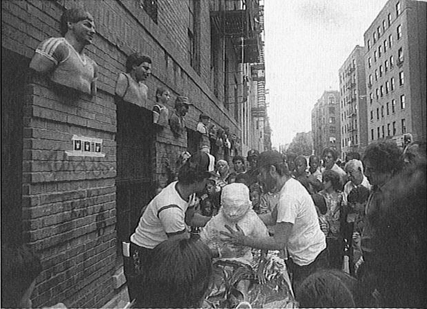
The work of critically acclaimed public artist John Ahearn is as diverse as the models that he casts, yet in retrospect, his work is most commonly known from the community debacle of his three bronzes commissioned for the 44th precinct in the South Bronx.
The contentious issue is eloquently considered in the Jane Kramer essay Whose Art is It (provided here on mediafire) and is very pertinent to Baltimore Open City’s attempt to work publicly. The question is what role does art serve in the public? Does it function best as an affirmative representation of ideals, like many of the massive murals in philadelphia, as an expression of political action or a critical gesture that challenges the perception of its audience? While such questions and their sundry variations may be difficult to answer, when producing work for the public sphere, these modes due warrant consideration. Yet one thing is certain, a cohesive vision of community is in fact illusory, and once the artwork steps into the fray of contending opinions the myriad antagonistic voices clearly differentiate the affiliations that surround our places of living.
In the case of John Ahearn’s three bronzes, after years of deciding the appropriate work and getting its approval for the location, once the pieces were installed, the site became a channel for rhetoric regarding political correctness and representation. The issue was that these were not ideal figures represented in the work, but actual down and out individuals, a reality that the South Bronx dealt with every day but did not want to look towards. In the end the pieces were quickly removed personally by John Ahearn and relocated to the safety of PS1. The empty pedestals became an unfortunate testament to an artist collapsing under the pressure that art should make people “happy” rather than inspire dialogue.
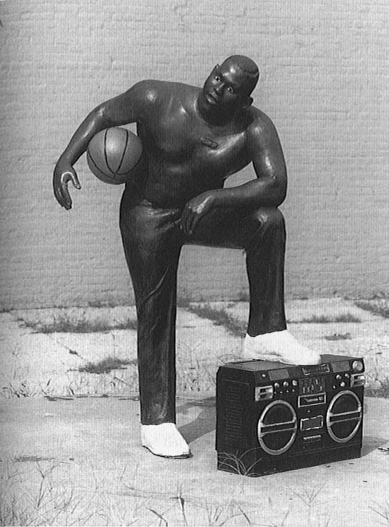
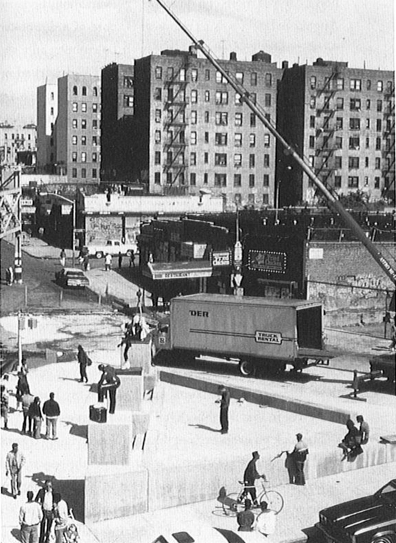

Can you say color? Amazing wall by 131projects in Miami. The site is definitely worth checking out if you haven’t already.